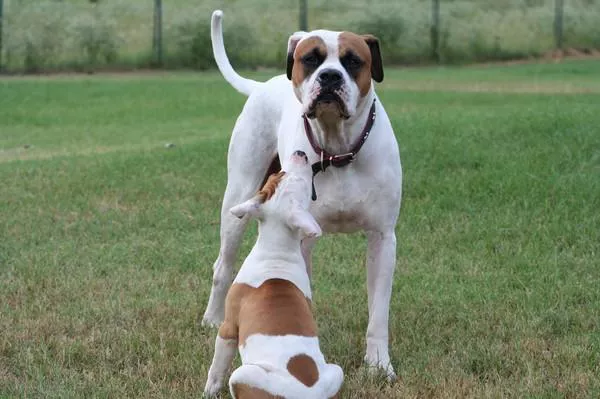Dog agility is a thrilling and fast-paced sport that showcases a dog‘s agility, intelligence, and teamwork with their handler. It involves navigating through a timed obstacle course, which can include jumps, tunnels, weave poles, and other challenges. Getting started in dog agility can be an exciting journey for both you and your canine companion. However, it requires dedication, patience, and proper training. In this article, we will explore essential tips to help you embark on a successful dog agility journey with your furry friend.
1. Assess Your Dog’s Suitability
Before diving into agility training, it’s vital to assess your dog’s physical capabilities, temperament, and overall suitability for the sport. Not all dogs are well-suited for agility. Breeds that are agile, energetic, and enjoy mentally stimulating activities tend to excel in this sport. However, mixed breeds can also participate and thrive in agility competitions. Additionally, consider your dog’s age, as young puppies and senior dogs may not be ideal candidates due to physical limitations.
2. Establish Basic Obedience Skills
A solid foundation in basic obedience is crucial before introducing your dog to agility equipment. Your dog should reliably respond to commands such as sit, stay, come, and heel. These commands form the building blocks for agility training and help keep your dog focused and under control during the course.
3. Join a Reputable Agility Class
Enrolling in a reputable agility class with an experienced instructor is invaluable for beginners. Look for classes that use positive reinforcement techniques, emphasize safety, and cater to dogs of all skill levels. A skilled instructor can guide you through the training process, offer personalized feedback, and ensure you and your dog learn the proper techniques and skills.
4. Gradual Introduction to Equipment
As eager as you may be to run your dog through a full agility course, it’s essential to take a gradual approach. Start by introducing your dog to individual pieces of equipment, one at a time, and in a controlled environment. For instance, begin with low jumps, target training, and basic tunnels. This helps build your dog’s confidence and understanding of each obstacle before combining them into a full agility course.
5. Focus on Positive Reinforcement
Positive reinforcement is a key aspect of dog training, including agility. Reward your dog with praise, treats, or toys when they successfully complete an obstacle or follow your commands. This encourages your dog to associate agility training with positive experiences and strengthens the bond between you and your furry companion.
6. Work on Handling Techniques
Agility is not just about the dog; it’s also about how well the handler guides their dog through the course. Handling techniques are essential to help you communicate effectively with your dog and direct them through the obstacles. Practice handling techniques outside of agility classes and seek guidance from experienced handlers or instructors to improve your skills.
7. Be Patient and Persistent
Agility training can be challenging, and progress may be slow at times. It’s crucial to remain patient and avoid becoming frustrated with your dog’s learning curve. Celebrate small successes and understand that every dog learns at their own pace. Consistent, positive reinforcement and persistent training efforts will yield the best results over time.
8. Focus on Fun and Bonding
Remember that agility should be an enjoyable activity for both you and your dog. Keep the training sessions fun and engaging, incorporating playtime and other activities your dog loves. This positive atmosphere fosters a strong bond between you and your canine companion, making them eager to participate in agility training.
9. Exercise Regularly
Agility training can be physically demanding for dogs, so it’s essential to keep them in good shape. Regular exercise outside of agility classes is vital for maintaining their overall health and fitness. A healthy and fit dog is more likely to excel in agility and less prone to injuries.
10. Safety First
Safety should be a top priority in agility training. Always ensure that the agility equipment is set up correctly and safely. Avoid pushing your dog beyond their physical limits, and be attentive to any signs of discomfort or stress during training. If you have any concerns about your dog’s health or agility training, consult with a veterinarian.
Conclusion
Dog agility is an incredible sport that offers a thrilling and rewarding experience for both you and your furry friend. By assessing your dog’s suitability, building a strong foundation in basic obedience, joining a reputable agility class, and focusing on positive reinforcement, you can set the stage for a successful agility journey. Remember to be patient, persistent, and prioritize safety throughout the training process. With dedicat


